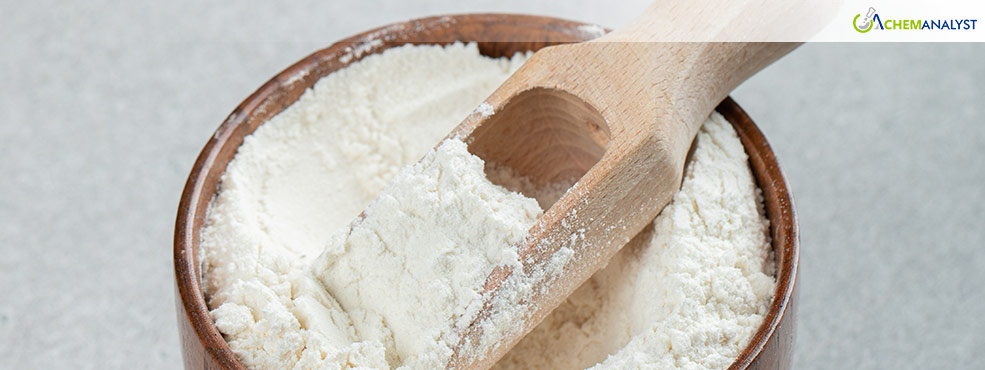Bisphenol A Market Remains Weak in late October as Demand Struggles and Supply Rise
- 28-Oct-2024 10:30 PM
- Journalist: Lucy Terry
During the 4th week of October 2024, Bisphenol A (BPA) prices in China remained under significant pressure, driven by weak demand across key downstream sectors, including polycarbonate (PC) and epoxy resins. After a brief rise earlier in the month, BPA prices have slipped slightly, impacted by supply pressures and tepid demand. Following the post-Golden Week increase in production levels, prices experienced a moderate decline.
In China’s PC market, a significant consumer of BPA, prices recently returned to pre-holiday levels, erasing earlier gains. Operating rates of PC facilities have climbed, resulting in increased weekly production output and creating an oversupply in the market. This has led to a noticeable supply-demand imbalance, with some PC brands experiencing slight price reductions. Similarly, the epoxy resin sector is struggling with weak demand due to reduced construction activities, leading to higher stock levels. Despite expectations for a seasonal demand surge in September, traditionally a peak period, demand across these industries has remained stagnant.
The market for phenol and acetone, the primary raw materials for Bisphenol A (BPA), has remained flat and weak, providing only average cost support for BPA production. Changes in downstream production for these key materials have been limited, with lukewarm stocking interest further impacting BPA consumption. This limited demand in the phenol and acetone markets, paired with oversupply and insufficient buyer interest, has weakened profit margins for BPA producers. As a result, companies have seen a steady erosion in profitability, exacerbated by the stagnant demand in downstream applications like polycarbonate and epoxy resins.
In Japan, market conditions mirrored the sluggish sentiment seen across Asia. Idemitsu’s decision to close its BPA plant in Chiba by the end of October underscores the tough market dynamics in Japan, where oversupply and high operational costs continue to pressure producers. Japanese manufacturers have struggled to remain competitive, particularly against Asian producers, as exports dropped in September compared to the previous year. Weak manufacturing and construction activity in Japan has also contributed to the growing BPA surplus and subsequent price declines.
Japan’s BPA market initially experienced a short-term price increase in mid-October due to higher phenol prices and lower inventories; however, prices have since stabilized as production rates return to normal. Additionally, California's recent SB1266 law, which bans bisphenols in certain youth products by 2026, may impact BPA demand in the U.S., possibly leading to a decrease in demand for imported BPA.
With limited recovery in the PC and epoxy resin sectors, BPA demand remains weak, and prices continue to face downward pressure. Without a notable boost in downstream demand or broader economic improvement, BPA prices are expected to remain under pressure.



